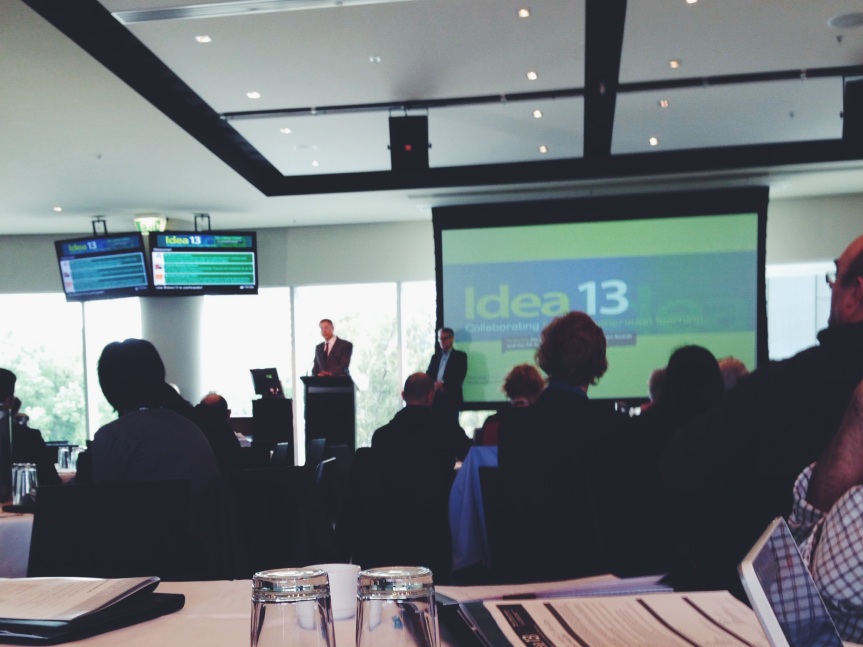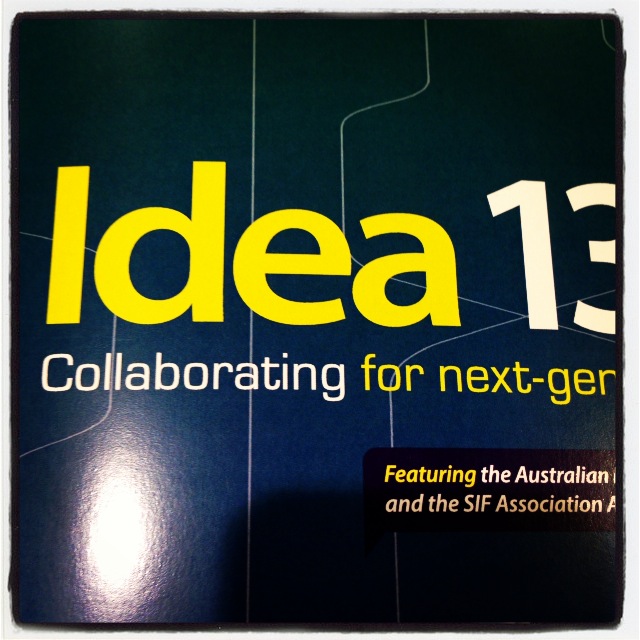Last week I attended the fourth day of a year long network meeting called ‘Networks of Practice’. Apart from the growth coaching learning I did earlier (also four days interestingly) and blogged about HERE, this network has been my most powerful learning for the year. So, what might made it so? I was thinking about the learning conditions that made this network work for me, and how I might replicate them for learners I’m taking on a journey too. Some of the qualities that made it work for me:
- Extended, but not all at once. Four days is a significant time investment for anyone, but that investment was repaid. I liked the fact that it wasn’t jut four days in a row, that ideas were seeded, allowed to germinate and we’d come back and discuss them later. It felt more authentic to me and we looked forward to getting back to the network to test ideas.
- Relevant to my needs. Linked to school needs. The network was spot-on one the big-ticket items we’ve been working on at school: staff learning and how to build self-generating learning cultures.
- Great leadership. The sessions were run by Rob Stones, who was obviously an expert in change and staff development, but there was plenty of room in the conversations for ‘us’ too.
- ‘Us’ matters. There was the ‘us’ from our school, two of us working closely together all year, and the ‘us’ of the broader group. Not too big either, less than twenty people. Good sharing, collaboration, but also
- Time to talk among ourselves. Having shaped, expert-facilitated time to develop plans and strategies was so valuable.
And, on the more practical side too, it made me think about how I might best take the notes, ideas, picture and concepts from the program and capture them, using the iPad I bought to each session. In the end it was a mixture of apps and processes that worked for me, and might for you:
- I used OneNote as the receptacle for all wisdom, the ‘one note to rule them all’, but I might as easily have used Evernote. Text formatting in OneNote on the iPad is currently better than in Evernote and it plays well with Office documents, which we still live on at work.
- I took photographs using the iPhone or iPad especially snap-shots of the concepts and diagrams that were used extensively. If I had one criticism of the network it was the un-digital approach to the resources. You just had to snap them when you could. I could then drop them into the OneNote page.
- I used the app Paper and a stylus to draw some of the diagrams. I find drawing soothing, and it helps me to understand it to draw it sometimes. I’d then export the page as an image and stick it in OneNote.
- I used the app SimpleMind to create mind maps (see below) I keep going back and forth between SimpleMind and Popplet for this purpose, but SimpleMind has a few more options.
Using these apps and this approach, I could arrive back at the end of the day with my notes fully formed, and just move the OneNote page from the mobile (smaller, streamlined) version into the full desktop equivalent. Ten hours battery life, and who said that the iPad wasn’t a content-creation machine?




